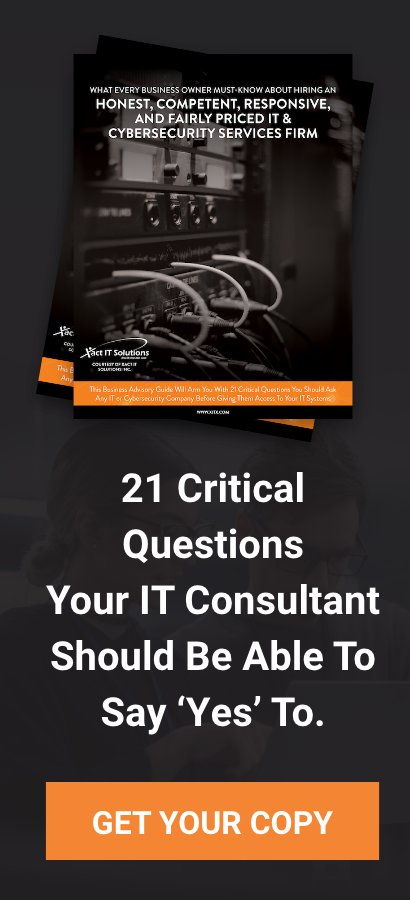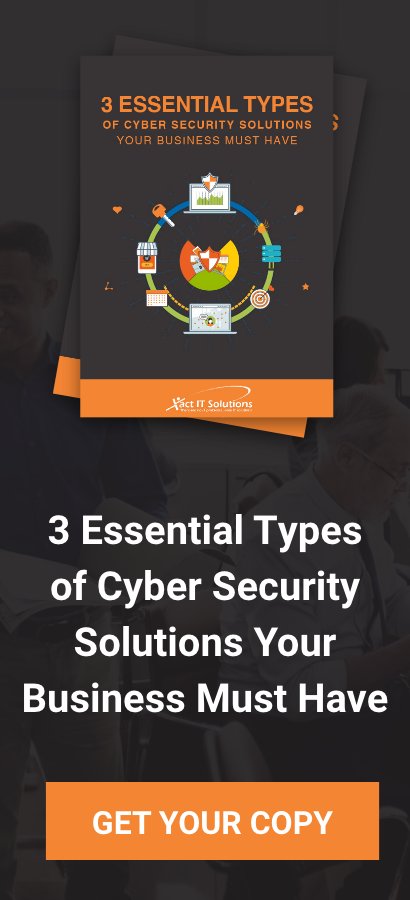Cyberattacks are on the rise and have become more sophisticated. A simple lapse in your network security could lead to a chain of events that could prove catastrophic for your business. You can avoid this by implementing a robust cybersecurity framework such as zero trust.
Zero trust is a cybersecurity strategy that assumes no user or application should be trusted automatically. It encourages organizations to verify every access while treating every user or application as a potential threat. Businesses can use zero trust as a good starting point for building formidable cybersecurity that can adapt to the complexity of today's work environment.
However, zero trust should not be mistaken for a silver bullet. It's not a solution that you can implement with one click of a button. Zero trust is an overarching strategy that needs to be applied systematically.
The three core principles of zero trust:
As you begin your journey to implement a zero-trust framework, remember that three core principles are critical to its success:
Continually verify
You should try to implement a “never trust, always verify” approach to security by continuously confirming the identity and access privileges of users, devices, and applications. You can do this by defining roles and access privileges — ensuring only the right users can access the right information.
Limit Access
A common reason for cyberattacks is the misuse of privileged access. Limiting access ensures that users are granted minimal access without affecting their day-to-day activities. Here are some common practices that organizations have adopted to limit access:
- Just-in-time access (JIT) – Users, devices, or applications are granted access only for a predetermined period. This helps limit the time one has access to critical systems.
- Principle of least privilege (PoLP) – Users, devices, or applications are granted the least access or permissions needed to perform their job role.
- Segmented application access (SAA) – Users can only access permitted applications, preventing any malicious users from gaining access to the network.
Assume a breach and minimize the impact
If you are proactive, you can take steps to protect yourself against a security breach. Rather than wait for a breach to occur, assume that all applications, services, identities, and networks — both internal and external — have already been compromised. This will improve your response time to a breach, minimize the damage and improve overall security.
We are here to help
Achieving zero trust compliance on your own is a difficult task. But partnering with us can help make it easier. We implement advanced technologies and expertise to help you achieve zero trust within your business — without hiring additional talent or bringing on additional tools yourself.



